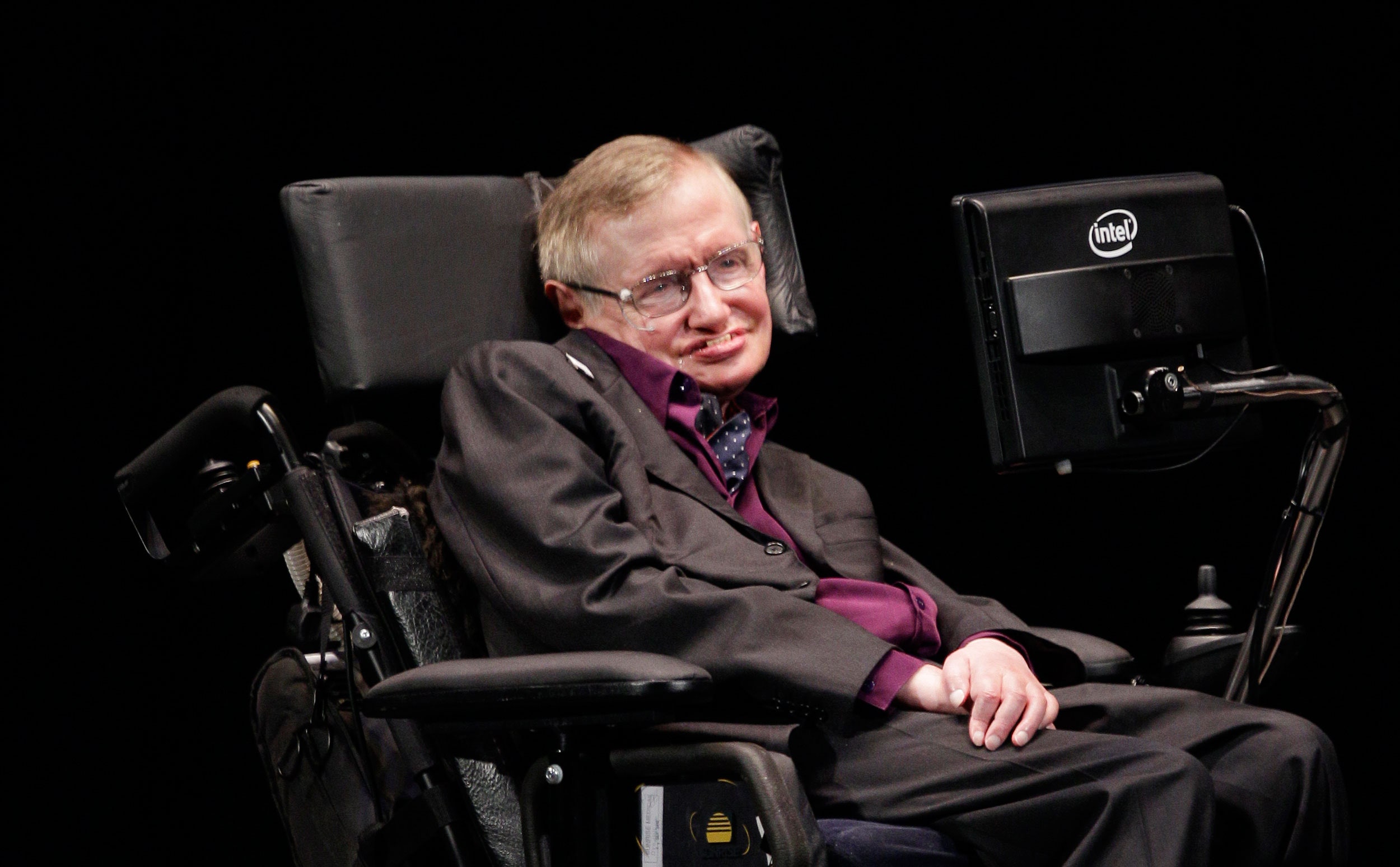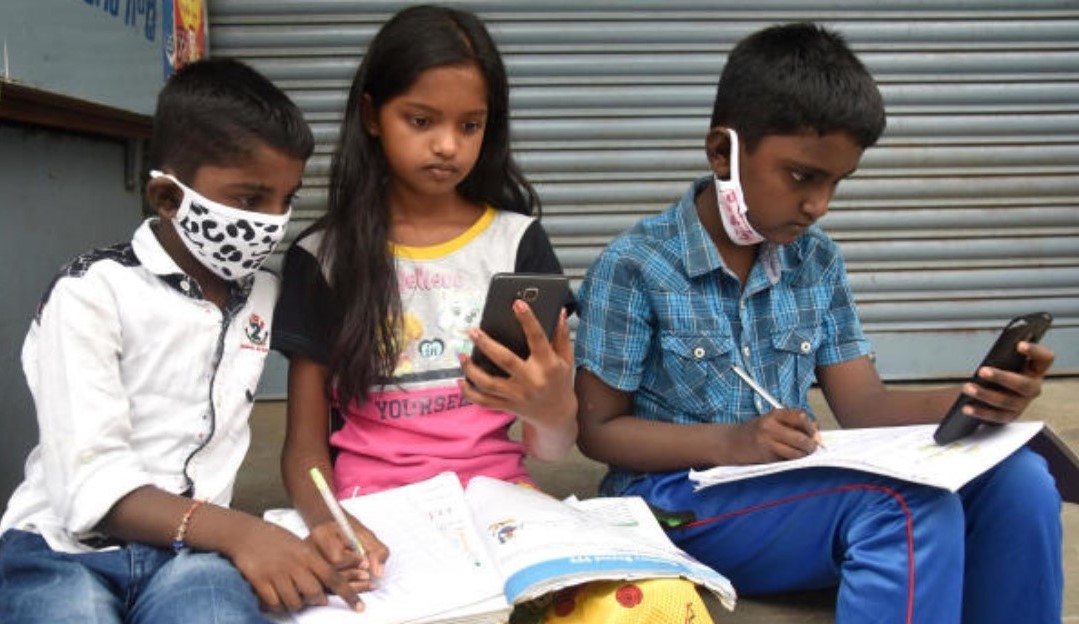
Artificial Intelligence
Advanced Science

1032 views
0 likes
You will need to sign in before you can comment or like.
Intelligence is the ability to adapt to change
- were the words of the prominent scientist and writer Prof. Stephen Hawking. He had suffered from a devastating neural disease in an early stage of his career and had became paralyzed. However, his disability failed to stay ahead of him in his field of cosmology and from introducing the world to his groundbreaking research. It became possible only because of his iconic wheelchair, which became his backbone throughout the rest of his life. Thanks to artificial intelligence, people with special needs can drastically improve their own lives to the pinnacle of ability where they even can deal with even the Lucifer of tragic events.
Many branches of AI dramatically influence people who are dealing with any kind of accessibility problems. For example - Computer Vision (CV) and Natural Language Processing (NLP) technologies are working for visually impaired people. For decades, CV improved the level of AI, up to the point that object recognition has become easy and is being implemented in various fields like driverless cars, smart homes, e-health systems, early disease diagnosis, etc. Similarly, it can also work as an eye for visual patients to help them recognize objects and walk on the roads without fear.

Second, NLP can transform human language to a computer understandable form and vice versa, influencing not only the blind but also the people suffering from vocal and hearing diseases. For instance, smart-home automation has reduced the need for local mobility they find tough to the point that they almost have an assistant for routine works. Alexa - an NLP-based voice recognition system is another example of home automation using which the orthopaedic disabled can order food without needing to move their fingers. Moreover, AI has also changed the lives of neural patients like autistic children. It is not only empowering their accessing capabilities but also helping neurologists to diagnosis autism at an early stage. Although there is no certified treatment available for autism, the deep learning branch of AI is helping in reading indications given by an autistic person or even recognizing their needs by facial impression.
Similarly, a hybrid technique of deep learning and NLP is being used for enhanced digital features for text summarization, caption reading, image acknowledgment, and web accessibility for mental impairments. Although AI holds limitless potential for the impaired, still a big drawback of technology is being out of reach for ordinary people. It would not be wrong to say that Prof. Hawking was privileged enough to have access to cutting-edge technologies and instruments with tremendous applications. There are people in overwhelming numbers who are fighting with disability as well as economic strain. Researchers, policymakers, and governments should come together for such initiatives that make Tech-for-All.
The Digital Divide
The already gaping divide between those who could afford an education and the rest who could not was clearly deepened by the pandemic which struck two years back. It brought a still developing field of technology - namely online education. Till now, people of many poor sections of society could afford to send their children to school with teeming hope of building their future. Yes, the future lies in the new generation, the generation that was hit worse by the digital divide. Shutting down of schools in campus due to the situation urgently being so resulted in students having to switch over to this new method of learning. Electronic devices - laptops or mobile phones, either requiring an active internet connection, became the new prerequisite of learning.
A look at where we stood before - India, a developing nation, had a Gross Enrolment Ratio of just 27%, which means that only that percent of students pursued higher, post-school education. Just 24 percent of the population are in possession of a smartphone, and a mere 11.5% with an internet connection. With such poor statistics, it is not surprising to state that 24 million children are on the verge of dropping off from school altogether. On the other side of the ravine are the teachers - struggling with the teaching using technology they know little of. If learning from home has to be the new norm, then surely the limited accessibility of the technology here is far more of a problem than the system itself.

And what about the section of students who could afford to have online classes? This is something which doesn't need stats to invoke menace in the hearts of all students and teachers dealing with it. The most obvious limitation to the learning process is the lack of interaction itself. Schoolgoing kids used to do much more than just copy facts from the blackboard - Interaction was limited not only between the teacher and the pupil but also in between the students themselves. Studying by watching pre-recorded videos is indeed a far cry from that. Apart from that, several health impacts of prolonged device use have escalated manifold - extended screen time, mental strain, lack of offline extracurricular activities, deterioration of social and conversational (how do you say thank you to a relative, again?) skills, health issues from sitting in the same position for hours, etc. in short, all life-developing activities that are essential to the overall development of a learning child. It's just that we realised it now.
Comments